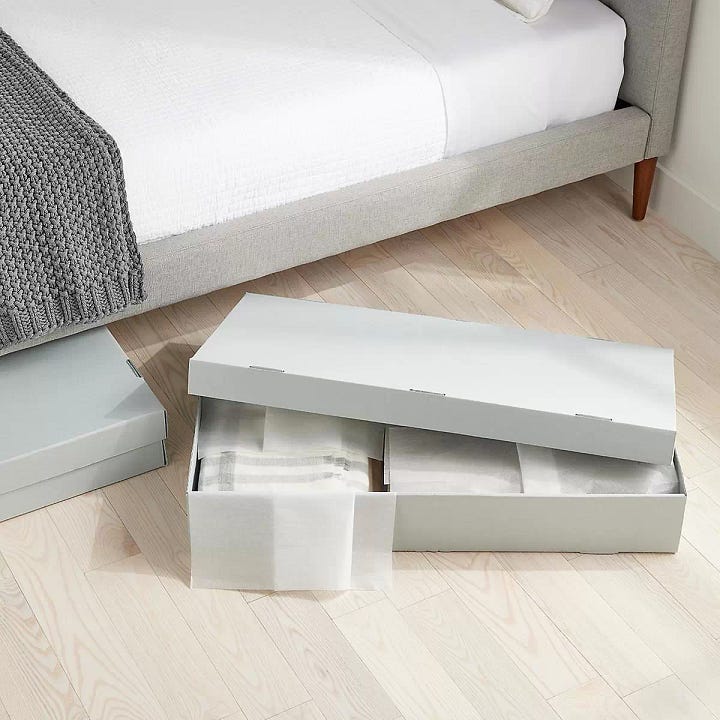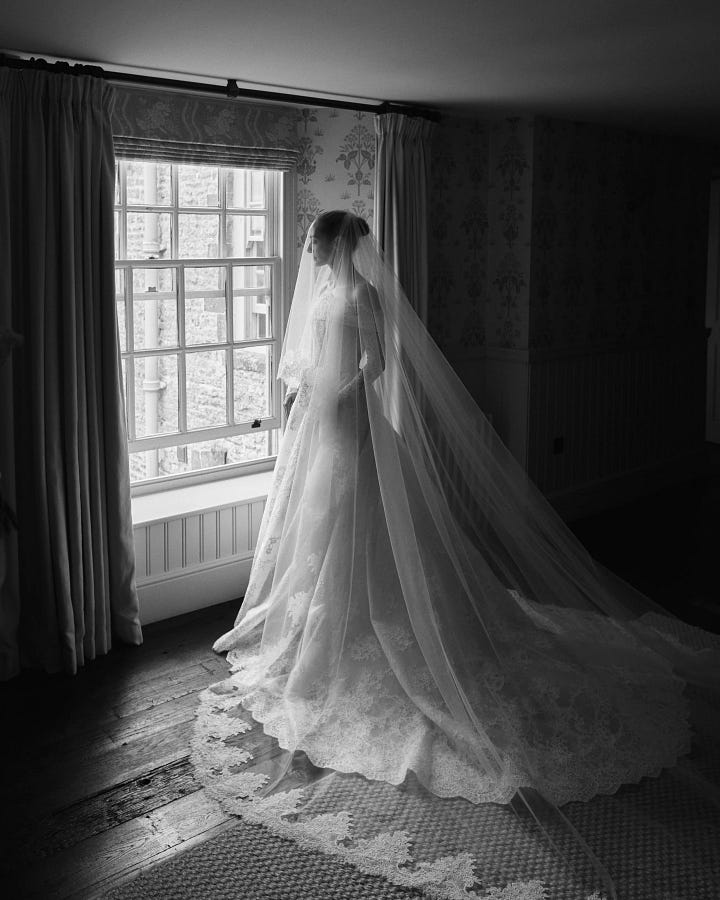Lessons I Learned From A Master Fashion Archivist
The right way to take care of your clothes, according to an expert.
Welcome back to Let’s Get Dressed, a weekly newsletter where I share my endeavors in fashion — what I’m wearing, shopping, trying on, and thinking about — to give you some inspiration for the week ahead. It’s my fashion diary, except I’m actually letting you look inside.
On this week’s episode of Let’s Get Dressed, I had the pleasure of interviewing Julie Ann Clauss, the industry’s go-to expert when it comes to all things fashion archive. As the head archivist behind The Wardrobe, Julie Ann and her team in Los Angeles have meticulously built, preserved, and stored the archives for some of the most iconic brands and celebrities, from Tom Ford to Marc Jacobs, Jason Wu, to Chloë Sevigny, and beyond. Since getting hand picked out of college by Tom Ford himself (casual) to start buying back his Yves Saint Laurent archive, she’s become the guardian of over 100,000 pieces of fashion history. She’s basically the keeper of fashion’s past, and future.
While most of us aren’t storing pieces of iconic fashion history in our homes, I had the chance to ask her expert advice on how to care for and extend the longevity of our every day garments. Here are her best tips below:
1. Avoid hanging knitwear.
All knitwear should be kept folded in a drawer. Yes, that includes your knit dresses, too! Hanging a knit or jersey dress can cause the dress to stretch and grow a full size up in a year. If it’s lightweight enough, you can tri-fold it over a hanger.
The hanger makes all the difference.
Velvet hangers may save space and be aesthetically pleasing for the soul, but their thin, wide design can cause garments to stretch, especially in the shoulder line. To better preserve a garment’s shape, opt for hangers like the below that have a thick end for better support.
Get rid of all things plastic.
Make sure you discard the plastic wrapping from the dry cleaners as soon as you get home. The harsh chemicals from the treatment get trapped, leading to discoloration, especially if it’s white. If you need to keep something covered, try a muslin bag. They provide more air circulation in addition to protecting from dust and light. This also applies for plastic shoe boxes, so go for fabric ones instead.
Create the perfect environment for your clothes to thrive!
Keeping a tidy closet space is essential not just for peace of mind, but also for protecting your clothes from moths. Moths thrive in dust, so make sure to vacuum your space regularly. It’s also common to store items like seasonal jackets in basements and attics, but those areas can see wild temperature fluctuations that can damage your clothes over time. To preserve your clothes, avoid storing them in places that are prone to extreme heat or humidity, and lack temperature regulation.
How to properly store something special, like a wedding dress.
For all my fellow brides past and present, get your dress dry cleaned, stuffed, and put in an archive box. Julie Ann emphasized getting it stuffed so that it holds its shape, especially in the shoulders and arms. I got my dress stuffed and covered in acid-free tissue paper and then I placed it in this archive box from the Container Store. This is one of the largest dress boxes on the market and fit my dress below. Make sure it’s stored in a cool place away from fluctuating temperatures!


To hear more from Julie Ann and her incredible work, you can catch her on this week’s episode of Let’s Get Dressed live now on Apple Podcasts, Spotify, and YouTube.
What organization tips have worked for you closet? Drop them in the comments below.








